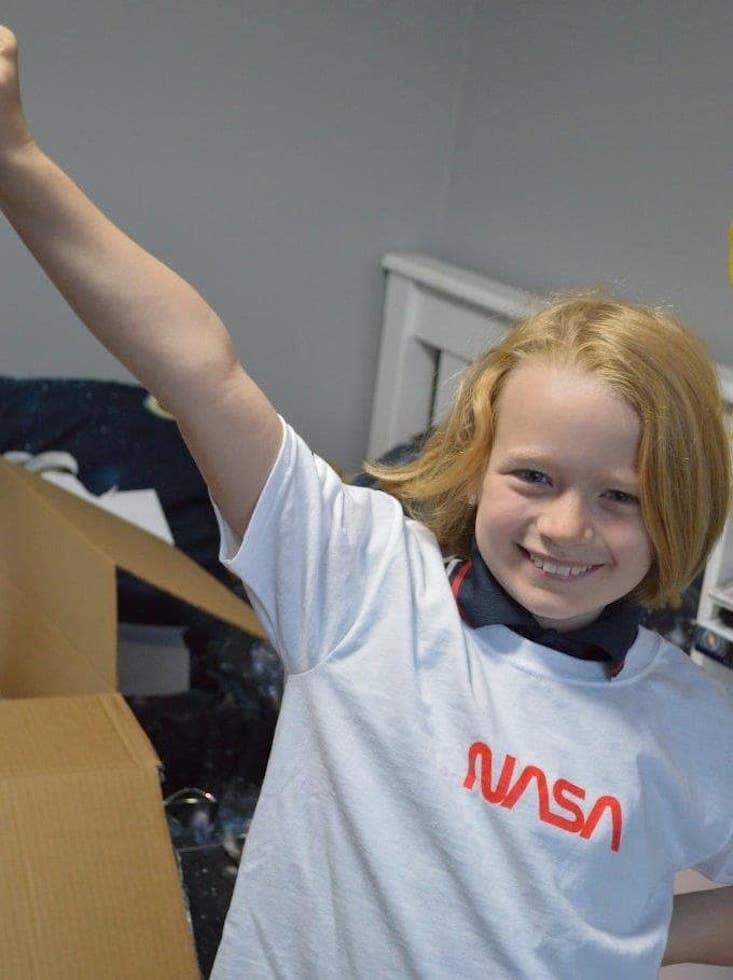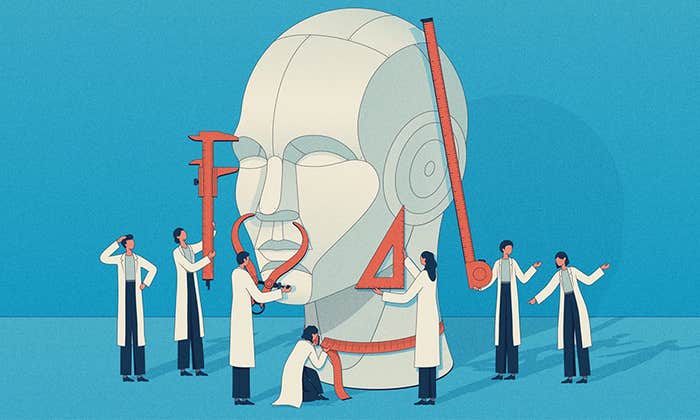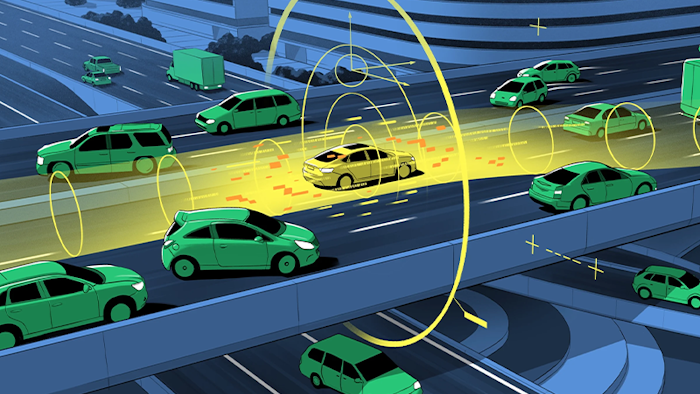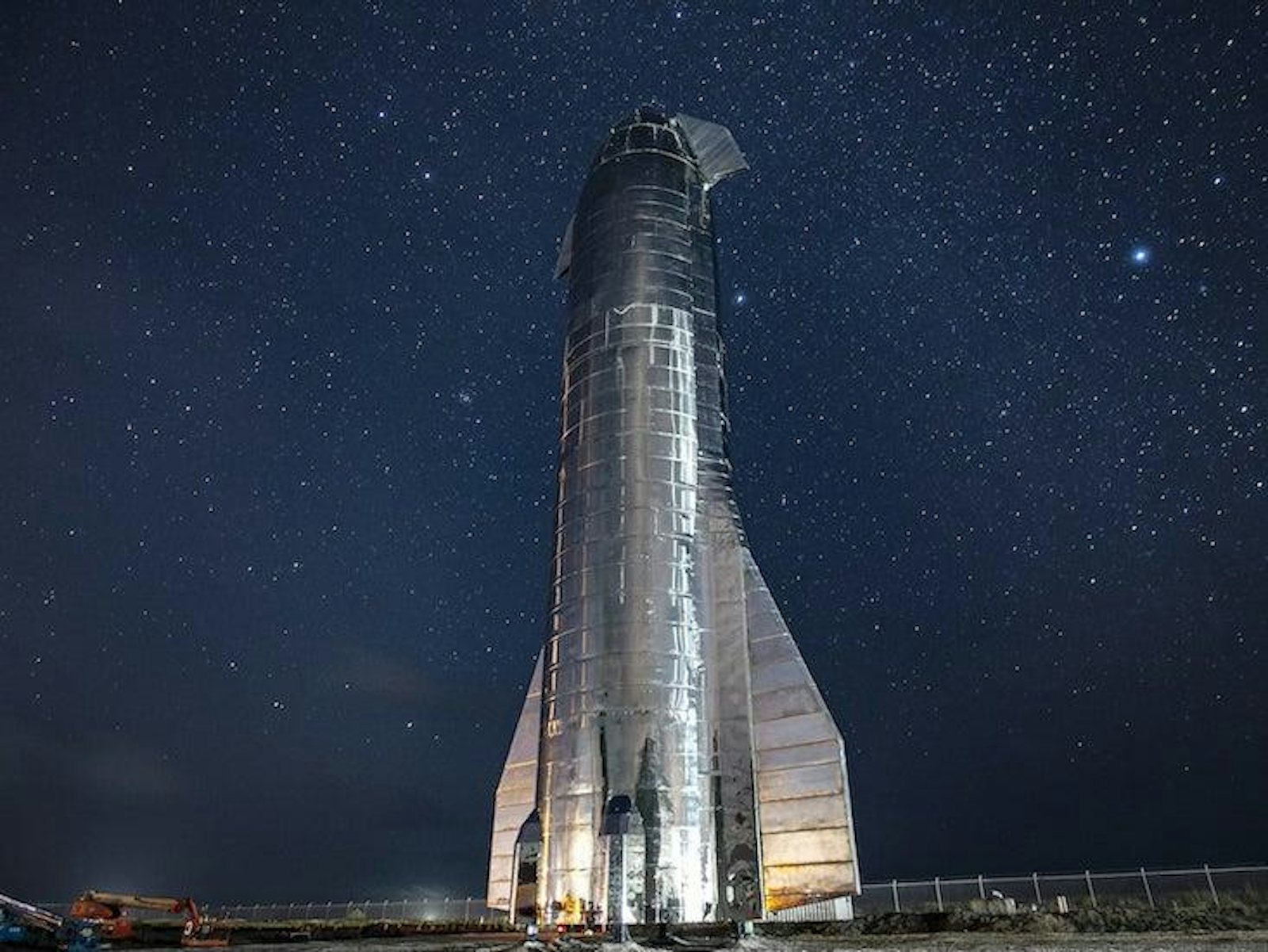
In Boca Chica, Texas, presenting SpaceX’s latest prototype vehicle, Starship, Elon Musk remembered how, 11 years ago, he got mad at his parachute supplier. His young rocket company seemed doomed: The Falcon 1 rocket had to reach orbit or else SpaceX, out of money and investors, would go under. It reached orbit—“Fate smiled on us that day,” Musk said—but the goal with that fateful launch was also to recover the Falcon 1 from the ocean intact. That didn’t happen. He told his parachute supplier that its parachute didn’t work. He later realized it wasn’t the parachute. That first stage rocket, Musk said, is coming in from space at about Mach 10 to 12. “It hits the atmosphere like it’s a concrete wall—and boom.” He chuckled and went on, “You actually have to orient the rocket carefully, have aerodynamic surfaces, have an entry burn to slow it down, then you’ve got to guide it through the atmosphere and do a propulsive landing. This took us many, many attempts.”
Evidently it was worth it. On an outdoor stage, Musk was flanked by both the Falcon 1 and the stainless steel Starship. This was a showcase, as it were, of SpaceX’s evolution from a fledgling startup to a mature enterprise. Musk has helped to advance self-driving electric cars and an implantable brain-machine interface, but when he greeted the crowd in Boca Chica, he said, gesturing behind him, “This is the most inspiring thing I’ve ever seen.”
The allure of the stars has arguably always been with us. Humans long ago didn’t just appreciate their beauty but studied their movements with stunning mathematical sophistication, relying on them to plan harvests and navigate across land and sea. Now humans seem, after decades of NASA pushing the space frontier, poised to navigate among the stars themselves—to become, as Musk often says, “multi-planetary”—with research settlements on the moon and, perhaps eventually, Mars. Humanity has a host of problems facing it. Still, I get goosebumps when I look at Starship and think about what my 9-month-old daughter will grow up believing to be normal. I won’t be molding her to be anything other than she wants to be, but I will be saying there’s never been a better time to aspire to be an astronaut or astronomer.
Which reminds me of something cool. An acquaintance of mine, Michael Markesbery, the CEO and co-founder of OROS, an outdoor apparel company that uses NASA-inspired materials, shared with me the recent story of young Lily Fogels. Lily, who aspires to be an astronaut—or an astrophysicist as a “back up job”—wrote Target a letter after seeing time and again that the retail store didn’t sell NASA shirts for girls. “I want NASA clothes in the girls area because girls like space too,” she wrote. Her mother, Suzi, later told the media, “If girls aren’t exposed to NASA or other STEM (science, technology, engineering, and mathematics) related jobs, they won’t know they can aim for them.” Lily added that she hopes the future will see more female astronauts.
When Markesbery got wind of this, he reached out to Lily and, with NASA’s approval, he made her some custom NASA shirts. With her red hair, Lily reminds me of the young girl who played Murph, who went on to become an astrophysicist in Christopher Nolan’s film Interstellar.

Markesbery also spoke to the Chairman of the US Astronaut Hall of Fame. “We’re sending Lily and a parent to the next Hall of Fame induction ceremony at Kennedy Space Center so she can show her heroes what a future astronaut looks like,” Markesbery told me. “Her family told us Lily ‘can’t get the smile off her face.’”
Lily says she can’t remember why she got interested in space—she just knows that she loves that the “universe grows and changes and there is always more to learn.” Lily’s childhood curiosity and tenacity echoes that of Chiara Mingarelli. The black-hole and gravity-wave researcher remembers how space captured her imagination. She told Nautilus that her spark for science came from playing outside in a small town in the outskirts of Ottawa, “especially around dusk,” when the light-pollution free sky darkened. “I always wondered what was out there, and if I could make a contribution to our knowledge of what was out there.” Initially, she thought the idea was fanciful. “Who was I to pretend like I could do such a thing?” she said. “But I was always really interested and I think that that was really my strength, that I never gave up. Once I found out what black holes were and that you could actually make money studying black holes—and that could be a career path—I really thought, “Well, why would you do anything else?”

Brian Gallagher is the editor of Facts So Romantic, the Nautilus blog. Follow him on Twitter @BSGallagher.



















